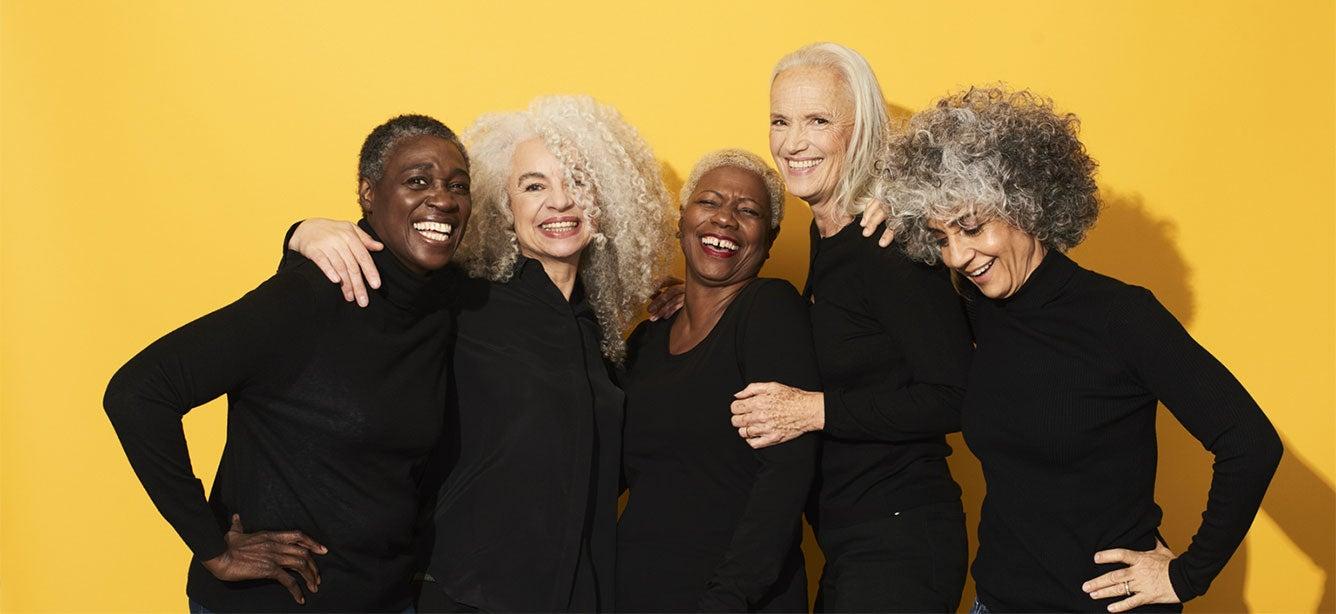Accessible Art Designed for Older Adults with Vision Loss Helps Us All Linger on Details That Might Otherwise Be Overlooked
5 min read

Studies have famously documented that visitors to museums spend only a few moments looking at any given work of art before moving onto the wall text or the next piece.1,2 Imagine how much shorter our attention spans must be when taking in images online.
Unless there are reasons for us to slow down—familiarity, uncertainty, or curiosity—we breeze through visual information at an unprecedented rate, and little of it sticks with us.
Studies have also shown that practicing mindfulness and being present can enhance neuroplasticity, increase our ability to focus, and improve our quality of life.3,4
These two seeming non sequiturs intersect in a place you may not expect: a museum website. At the National Gallery of Art in Washington, D.C., we have begun the process of writing carefully composed, thoughtful descriptions of images of works of art on our website.5
Art meets mindfulness through slow looking
The National Gallery is the United States’ art museum. It was created by a joint resolution of the U.S. Congress in 1937, and our exhibitions, programs, and resources are free. The collection of more than 150,000 works of art focuses mostly on European and American paintings, sculpture, works on paper like photography, prints, and drawings, and includes some decorative arts dating from about 1300 to today. On the National Gallery’s website, each work of art has an object page, which includes the artist’s name, title of the work of art, the date it was created, the medium (that is, what it is made out of), dimensions, location in the museum (if on view), and a few other details. Also to be found are links to the artist’s biography, provenance (the history of ownership), bibliography, and historical information about the work of art itself.
As of this past August, one more field joins the mix: an image description. These entries capture only the visual qualities of the works of art—the genre (for instance, portrait, landscape, or still life), orientation (horizontal or vertical), the subject, and, really, just what it looks like.
Written for visitors with vision loss, these descriptions can benefit all visitors; they model close, attentive looking by lingering on details that might otherwise be overlooked.
Why image descriptions for artwork?
As adults, especially in museums or other educational settings, we often jump to the historical information. We want answers; we want our hunches confirmed, our curiosity satisfied, or our knowledge validated. Moreover, each of us has an immediate, visceral response to any given work of art: we like it or don’t; it’s familiar or new; we find it beautiful or unattractive; or we may appreciate it but perhaps wouldn’t want it in our homes.
All of those responses are equally legitimate. One of the qualities that makes art unique is that it can hold all kinds of complexities in one space simultaneously. Your response to a work of art is as meaningful and valid as a historian’s interpretation or as another person’s opinion.
What might we discover, though, if we are invited to take a closer look—to try to articulate why something appeals to us or not? Why do we like some subjects, styles, and artists, and not others?
What can we learn about the history of art and about ourselves by pausing and digging into those questions?
After all, the artist made countless decisions about what to include, what not to include, what materials and techniques to use, and what subject to depict for a purpose, whether it was to please a patron, appeal to a buyer, to express themselves, or respond to something in their life. In the end, the artist left us the thing. What better way to honor what the artist created than by taking a long look to take it all in.
The benefits of image descriptions
The descriptions may seem to state the obvious, especially for a sighted visitor, but the texts level the playing field by creating an equitable looking experience. Reading (and writing) them may even push us to challenge our assumptions or take a step back from what we think we already know. For instance, if we come face-to-face (as it were) with a painting showing a woman holding a baby, both against a gold background, some may recognize it as a depiction of the Madonna and Child. That association, made by anyone with even a passing familiarity with a Western Christian tradition, holds a lot of meaning. We may immediately (and naturally) bounce to what we know of the religious and spiritual contexts. What we may not do is look carefully at the painting in front of us as an object. We may not stay to notice the way the clothing is modeled, the patterns of decorations in the gold background, or the places where the two people touch.
Putting words to impressions is challenging but always beneficial. The work is absorbing: it puts us in a single moment with our bodies, our preferences, and a work of art from our shared past. As we create and read image descriptions, we are challenged to articulate feelings and ideas that are so deeply ingrained and visceral that it can be hard to find the words to articulate our thoughts.
Perhaps, in reading the texts, you’ll be guided to something that might otherwise have remained unnoticed.
The descriptions become a warm invitation to look again and to tune into the moment with a compelling work of art.
Please—come take a slow look with us.
Sources
1. Jeffrey K. Smith and Lisa F. Smith. Spending Time on Art. SAGE Journals. Empirical Studies of the Arts. Found on the internet at https://journals.sagepub.com/doi/10.2190/5MQM-59JH-X21R-JN5J
2. Claus Christian Carbon. Art Perception in the Museum: How We Spend Time and Space in Art Exhibitions. Found on the internet at https://www.ncbi.nlm.nih.gov/pmc/articles/PMC5347319/
3. Courtney E. Ackerman. 23 Amazing Health Benefits of Mindfulness for Body and Brain. PositivePsychology.com. March 2017. Found on the internet at https://positivepsychology.com/benefits-of-mindfulness/
4. Jenna Cho. 6 Scientifically Proven Benefits of Mindfulness and Meditation. Forbes. July 14, 2016. Found on the internet at https://www.forbes.com/sites/jeenacho/2016/07/14/10-scientifically-proven-benefits-of-mindfulness-and-meditation/
5. National Gallery of Art. Found on the internet at www.nga.gov.



